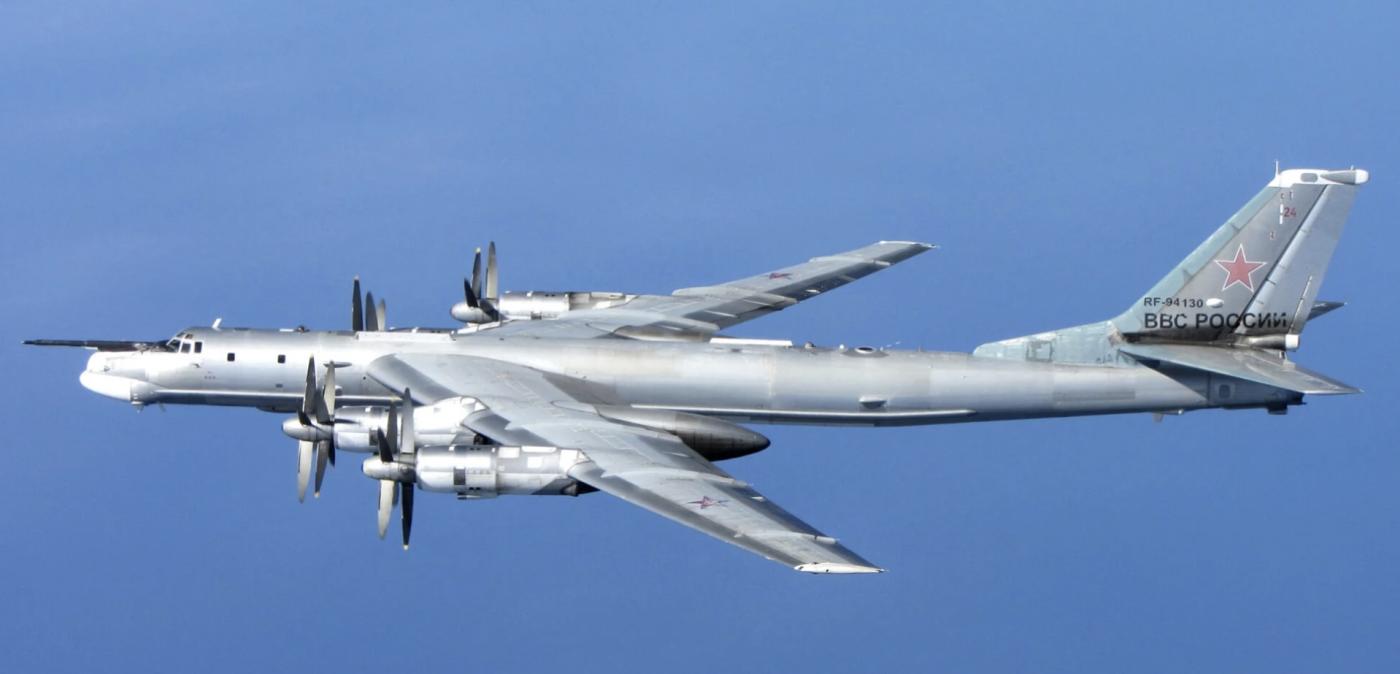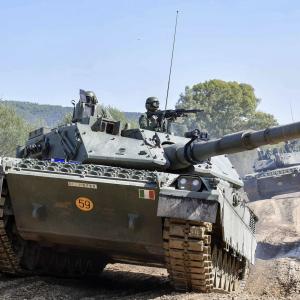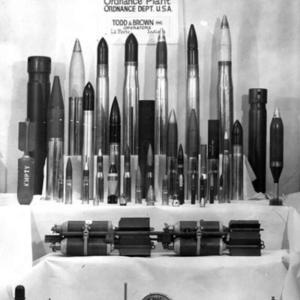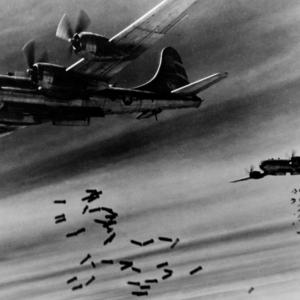
Tupolev TU-95
The Tupolev Bear, officially known as the Tupolev Tu-95, stands out as one of the most enduring and iconic strategic bombers ever built. It was developed during the early Cold War period when the Soviet Union sought a bomber capable of striking targets at intercontinental ranges without the need for mid-air refueling. Unlike many other bombers of its era, this aircraft features powerful turboprop engines instead of pure jets. This design choice was deliberate, as turboprops offered superior fuel efficiency for long-range missions, allowing it to fly vast distances while carrying heavy payloads.
The bomber was designed by the famed Soviet aircraft design bureau led by Andrei Tupolev, a pioneer in Soviet aviation engineering. Its first prototype flew in the early 1950s, marking the beginning of a legacy that continues today. The design centers on four Kuznetsov NK-12 turboprop engines, each one delivering roughly 15,000 shaft horsepower. These engines are among the most powerful turboprops ever created, driving large contra-rotating propellers that give the aircraft its unmistakable sound and unique appearance. The sweeping, mid-mounted wings not only contribute to its aerodynamic efficiency but also accommodate a spacious internal bomb bay.
This strategic bomber was initially intended to carry nuclear bombs over long distances. Its design allowed it to reach targets thousands of kilometers away, a critical capability during the tense standoff between superpowers. Over time, the aircraft evolved to meet changing military requirements. New variants were equipped to carry long-range cruise missiles, transforming it from a traditional bomber into a missile carrier capable of striking from outside enemy air defenses. Other specialized versions were developed for maritime patrol, anti-submarine warfare, reconnaissance, and electronic intelligence gathering. Additionally, civilian adaptations like the Tu-114 airliner and the Tu-126 airborne early warning aircraft highlight the versatility of the original design.
The crew typically numbers six or seven, including pilots, navigators, flight engineers, communications specialists, and tail gunners. The cockpit and crew compartments are pressurized to allow high-altitude flight. Measuring roughly 46 to 49 meters in length and boasting a wingspan close to 50 meters, the bomber is a large aircraft. Its height ranges between 12 and 13 meters, and it has an empty weight of about 80 to 95 tonnes, with a maximum takeoff weight that can approach 190 tonnes.
Performance-wise, the Bear reaches speeds of up to 925 kilometers per hour, making it fast for a turboprop bomber. It can cruise at altitudes between 11,000 and 12,000 meters, well above much of the weather and many ground-based defenses. Its unrefueled range can extend up to 15,000 kilometers, enabling missions that span continents without the need for stops. This range is a major reason for its longevity and strategic value.
When it comes to weaponry, the aircraft originally carried free-fall nuclear bombs housed in its bomb bay. Later upgrades allowed it to deploy cruise missiles, including models like the Kh-55 and the more modern Kh-101 and Kh-102. These missiles can be launched from internal bays or external pylons, giving the aircraft significant offensive flexibility. Defensive armament consists mainly of a tail turret equipped with twin 23mm autocannons, which provide protection from pursuing fighters.
Over 500 aircraft based on this design and its derivatives have been produced since the 1950s. While new production ended decades ago, ongoing maintenance and modernization programs have kept many aircraft in service. Today, Russia remains the primary operator, maintaining a fleet of approximately 50 to 60 bombers. These planes continue to be a core component of Russia’s strategic nuclear forces and power projection capabilities. Other countries have operated related versions in the past, but currently, the bomber’s operations are largely confined to Russia.
The bomber’s strategic role has evolved considerably over the decades. Initially, it served as a nuclear deterrent, designed to penetrate enemy airspace and deliver nuclear payloads directly. As missile technology advanced, its mission shifted toward launching long-range cruise missiles from standoff distances, reducing risk to the aircraft and crew. Its maritime variants contribute to monitoring and countering naval threats, particularly submarine activity. In all these roles, the aircraft serves as both a potent weapon and a symbol of military power.
Despite its age, the aircraft remains relevant due to continuous upgrades in avionics, navigation, communications, and weapon systems. While it lacks the stealth and speed of modern jet bombers, its endurance, payload capacity, and reliability make it uniquely suited for certain strategic missions. The Russian military intends to operate this bomber well into the 2030s and beyond, relying on modernization programs to keep it effective in modern warfare.










